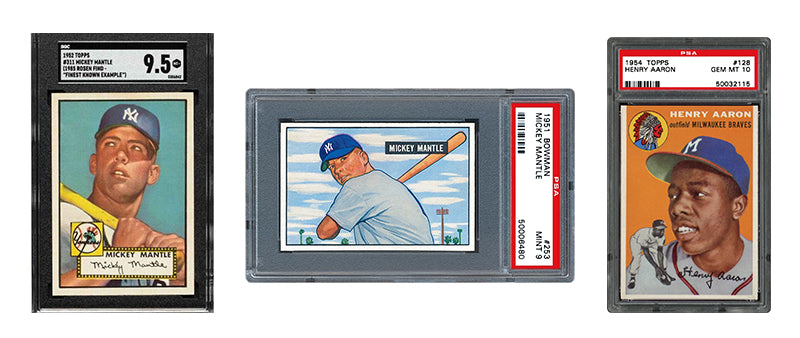The History of Sports Cards & Their Designs
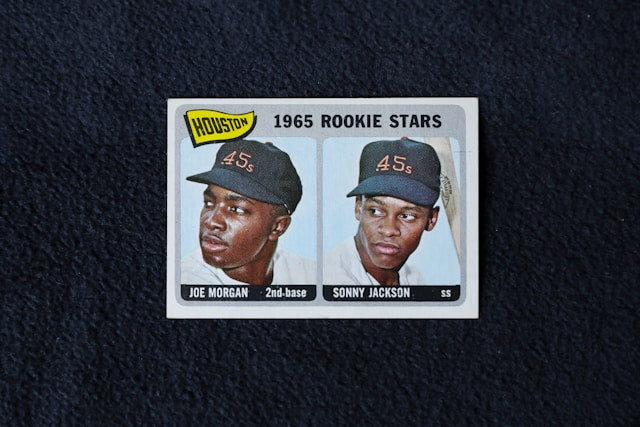
From their simple beginnings as basic collectibles to today’s sophisticated foil-laden pieces, sports cards have come a long way. Interestingly, following this timeline doesn’t just show us how sports cards have evolved; it also reveals intriguing graphic design and consumer trends. Discover the history of trading cards with this Giant Sports Cards guide.

Pre-1900s
We can trace the precursor of the modern sports card all the way back to the mid-19th century. The concept of the ‘trading card’ as we know it didn’t really exist at the time. Instead, people would receive tiny commemorative cards as part of other more commonly-purchased items, such as tobacco.
These sports cards weren’t really fully dedicated to sports, either. They would typically feature a well-known player alongside a company’s logo, serving as more of an ad than anything else. Peck and Snyder are great examples of notable businesses in this stage of the history of sports cards.
The concept of the first dedicated sports card only emerged around the 1880s with the introduction of Old Judge and other tobacco cards. These cards were still sold with tobacco packs, but they leaned away from being overly promotional, instead featuring popular varsity athletes from institutions like Yale and Harvard.
- Design: As you might expect, cards from the pre-1900s era were all sepia-toned, featuring relatively simplistic designs that put the player front and center against a plain background. The bottom of the card would feature the player’s name, along with the institution (typically a university) they played for.
The Early 1900s
This period in the history of sports cards represents a time when the hobby started to come into its own. Baseball cards dominated this era. That said, a few lineups like Allen and Ginter’s ‘World’s Champions’ celebrating multiple sports were also around.
In terms of the history of trading cards, the American Tobacco Company’s T206 series is perhaps the most notable release of the early 1900s. The complete T206 set comprised a whopping 500 cards, each featuring stunning lithographic designs for the period.
Let’s take a look at how these cards differed from older releases in terms of design:
- They were the first instance of sports cards transitioning from sepia to vivid colors (typically orange or blue).
- T206 cards broke away from depicting players in completely static poses. These cards featured more variety, occasionally showing players in an action shot.
- This was also the first time in the history of sports cards that collectors could see some intentional variations in card borders. Certain cards from the T205 series, for example, featured gold borders.
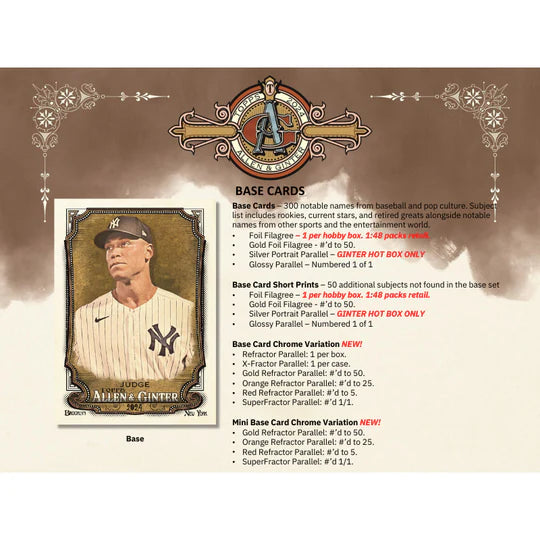
Mid-Late 1900s
This period is fondly remembered as the ‘Gum Wax era,’ named after the Goudey Gum Company releasing the very first non-tobacco baseball card case. These releases were notable for making the hobby more accessible to a wider audience. Younger collectors started entering the space since these cards were sold alongside gum rather than the usual tobacco.
Card designs in this phase of the history of trading cards reflected this change. Goudey’s cards had a more upbeat aesthetic, at times featuring almost cartoonish depictions of popular players against vibrant (but plain!) backgrounds.
This period in the history of sports cards is also notable for two other huge events:
- Bowman released its now-iconic Mickey Mantle card in 1951. A strong contender for the title of ‘most popular sports card of all time,’ this piece made waves even at the time of release, thanks to Mantle’s fame.
- Topps sports cards hit the scene in 1952, with the brand quickly making a name for itself with its bold designs. Topps quickly became the dominant force in the trading card world from the 1960s onwards.
The 1980s and a portion of the 90s are notable for hosting the ‘junk wax era.’ In the long history of sports cards, this period stands out for the incredible volume of cards it produced. The cards of this period might not have been very high quality, but we got a ton of iconic rookie cards.
2000s-Present
The widespread adoption of the internet and other technologies has completely changed how sports cards are created and collected. For instance, advancements in high-quality printing allowed top manufacturers like Topps and Panini to create incredibly detailed cards that are still valuable today. In the entire history of trading cards, there has never been a period with as many notable inserts as the 2000s.
As a collector, it’s also easier than ever to find out about these special inserts and parallels. Online marketplaces and online sports card stores have helped make this the most accessible period in the history of sports cards.
Meet The Future of Sports Cards
Ready to learn about the future of sports cards? Meet Giant Sports Cards, the Ultimate Collector’s Cave™. We work directly with manufacturers like Topps and Panini to bring new sports card releases to your doorstep on day 1. Get free shipping on orders over $199 and Unbox Your Love Of The Game™ today.

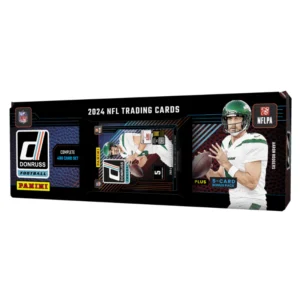
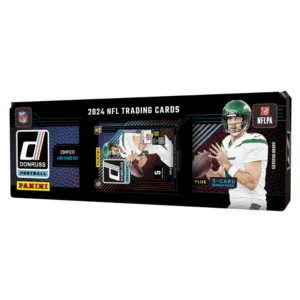
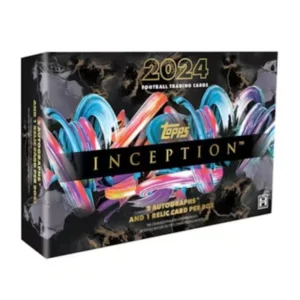





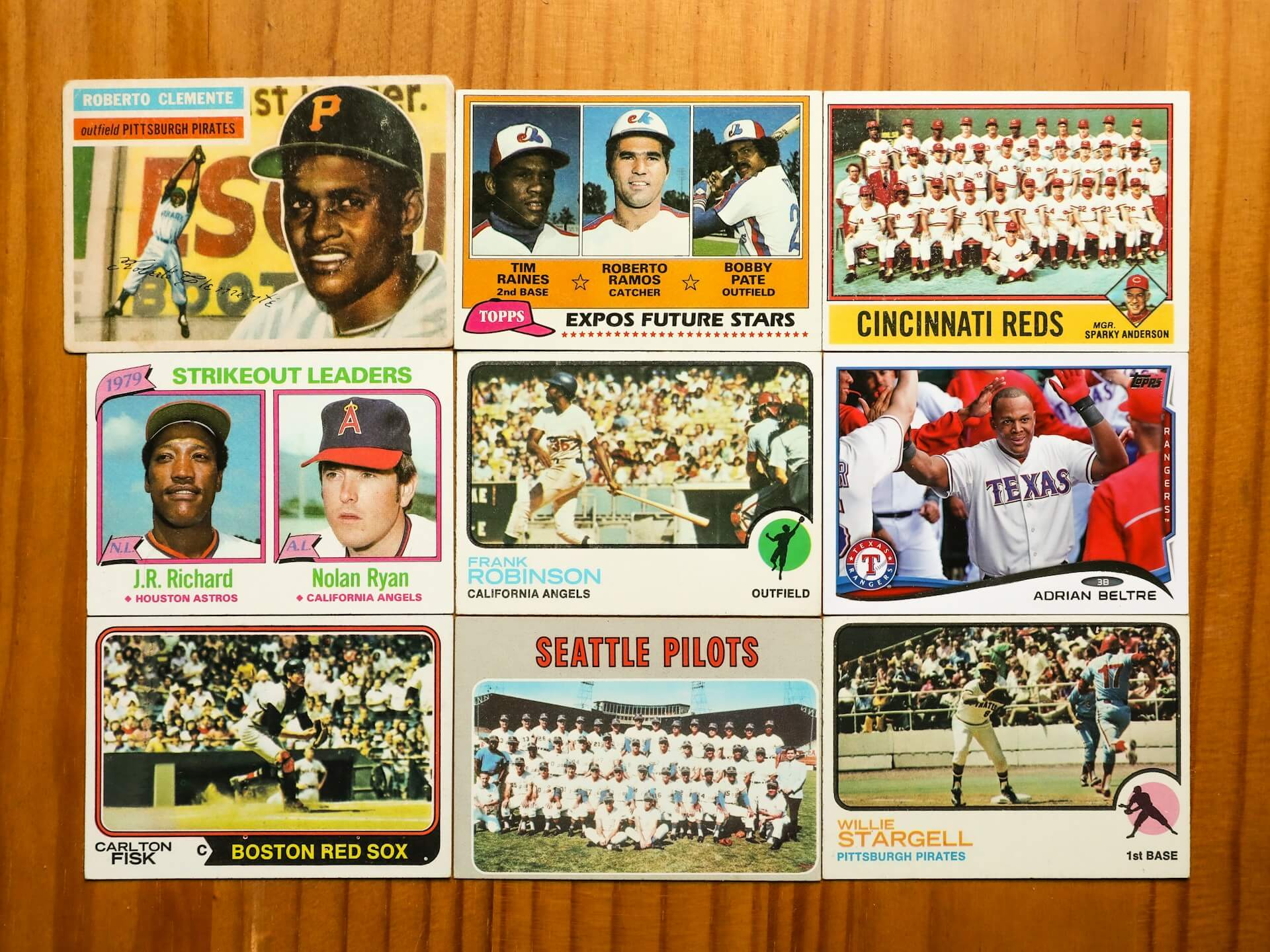

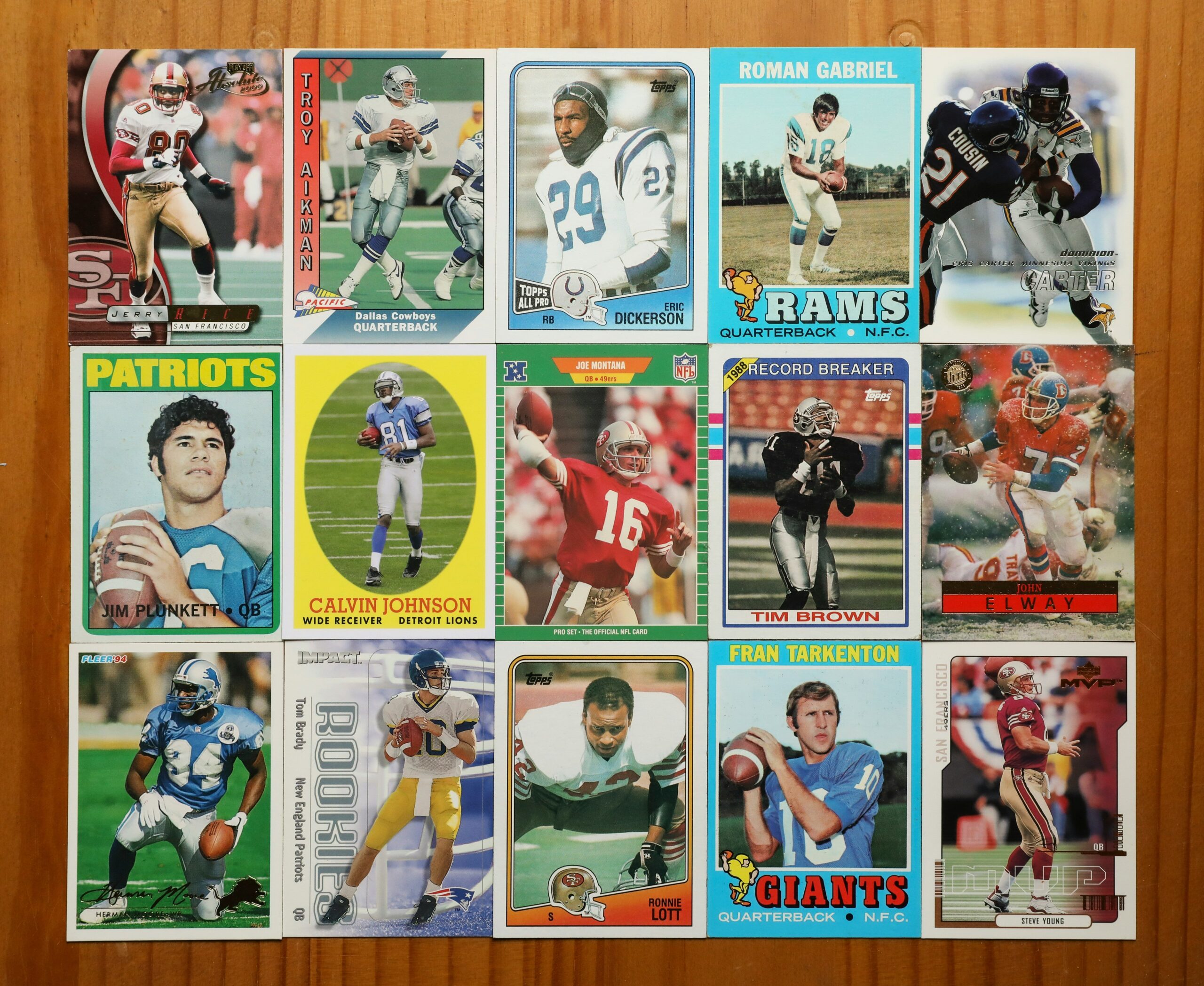
 Star Collegiate Players: The first dedicated football cards ever made focused on showcasing star players from various colleges, much like the 1888 set. N302 included players like John Dunlop, Langdon Lea, and Charles Brewer.
Star Collegiate Players: The first dedicated football cards ever made focused on showcasing star players from various colleges, much like the 1888 set. N302 included players like John Dunlop, Langdon Lea, and Charles Brewer.
